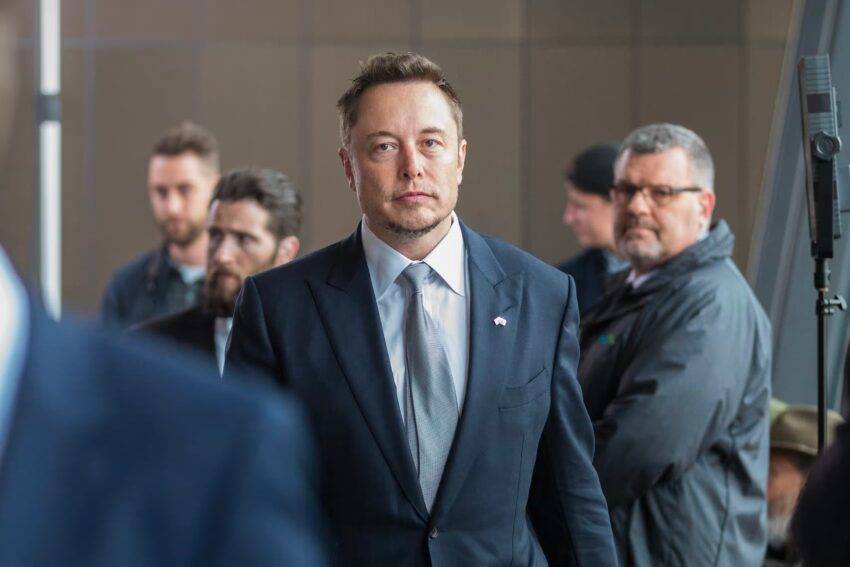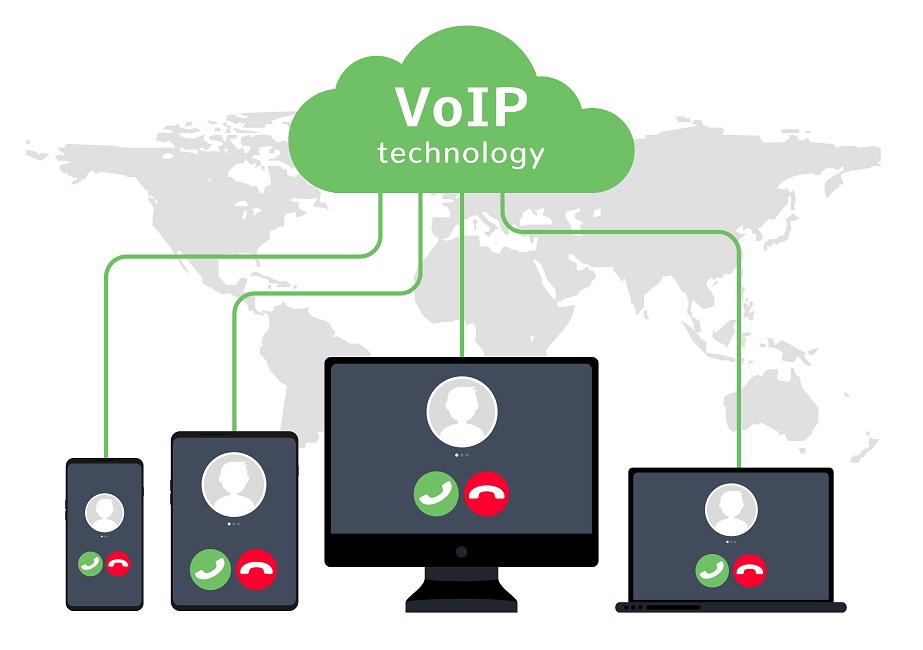Why constant interruptions are killing your strategic thinking
You know the feeling—your calendar is packed, your inbox is overflowing, and every decision, big or small, lands on your desk. Leadership today isn’t just about managing teams and making strategic calls; it’s about navigating an endless stream of meetings, emails, and expectations. While burnout is widely recognized, most solutions focus on time management rather than cognitive bandwidth management. The real issue isn’t just being overworked—it’s being oversaturated. Leaders are drowning in information, decisions, and interruptions, leaving little room for the deep thinking required for creativity, strategic foresight, and high-quality decision-making. A study from the University of California found that it takes an average of 23 minutes to refocus after an interruption. Multiply that by dozens of daily distractions, and it’s clear why many leaders struggle to see the bigger picture. The ability to make sound, high-impact decisions isn’t about working harder; it’s about creating space for deep thought. The Hidden Costs of Constant Busyness Many leaders equate productivity with busyness, believing that the more they do, the more they accomplish. However, excessive cognitive load leads to decision fatigue, diminishing the quality of choices over time. The constant need to process information can also limit strategic foresight, causing leaders to operate reactively rather than proactively. Without time to reflect, innovation suffers, and leaders struggle to connect disparate ideas or generate fresh insights. Perhaps most importantly, the mental strain of constant cognitive overload erodes the ability to inspire, connect, and energize teams, leading to emotional exhaustion. Through my work advising leaders, I have seen the biggest shift happen when they gain clarity on what is most important for them to focus on. When they create space to think, they move from reactive firefighting to intentional, high-impact leadership. To support this shift, I developed a structured approach that helps leaders pause, reflect, and see things differently before diving into the next wave of demands. By making reflection a habit, they regain control over their time and amplify their ability to lead with purpose. White space isn’t a luxury—it’s a strategic imperative. But how can leaders reclaim time for deep thinking when everyone wants a piece of them? Scheduling Uninterrupted Blocks for Reflection If you don’t protect your time, no one else will. Blocking thinking time on your calendar isn’t just about setting aside hours—it’s about creating the right conditions for meaningful reflection. Some CEOs, like Bill Gates, take “Think Weeks” to immerse themselves in strategic visioning. While a whole week might not be feasible, micro-retreats—such as two-hour deep-thinking sessions once a week—can significantly improve clarity and decision-making. To implement this, designate a specific time each week when you are completely unreachable. Use this time to tackle complex problems, review long-term strategies, or explore innovative ideas. Changing your environment can also enhance deep thinking; a walk, a quiet room, or a retreat space can be instrumental in shifting your mindset from reactionary to strategic. Reducing Decision Fatigue by Delegating and Automating Not every decision requires your input. Barack Obama and Steve Jobs famously simplified their daily choices—wearing the same outfit daily—to preserve mental energy for high-stakes decisions. Leaders should similarly identify which decisions they must own and which ones can be delegated or automated. Start by categorizing your decisions: strategic ones require deep thinking, operational ones can often be delegated, and administrative ones are best automated. Empowering your team to take ownership of decisions within their expertise frees up cognitive space for you to focus on higher-impact areas. Batching smaller decisions into designated review sessions can also prevent constant context switching. Automation tools can also help eliminate repetitive tasks, allowing leaders to focus their energy on what truly matters. Creating “No-Meeting Zones” for Deep Work While necessary, meetings often disrupt the ability to engage in strategic work. Some companies, like Shopify, have introduced “Meeting-Free Wednesdays” to give employees uninterrupted time for deep work. Leaders can implement a similar approach by establishing specific time blocks where meetings are off-limits, enabling more focused thinking. Redesigning meeting culture is another way to protect deep work. Encouraging asynchronous collaboration—through well-documented memos, video updates, and shared decision logs—can reduce the need for real-time discussions. Adopting a “50-minute meeting rule” also helps ensure that meetings don’t consume an entire hour and allows for short breaks to reflect before diving into the next task. Another interesting approach I have imp

You know the feeling—your calendar is packed, your inbox is overflowing, and every decision, big or small, lands on your desk. Leadership today isn’t just about managing teams and making strategic calls; it’s about navigating an endless stream of meetings, emails, and expectations.
While burnout is widely recognized, most solutions focus on time management rather than cognitive bandwidth management. The real issue isn’t just being overworked—it’s being oversaturated. Leaders are drowning in information, decisions, and interruptions, leaving little room for the deep thinking required for creativity, strategic foresight, and high-quality decision-making.
A study from the University of California found that it takes an average of 23 minutes to refocus after an interruption. Multiply that by dozens of daily distractions, and it’s clear why many leaders struggle to see the bigger picture. The ability to make sound, high-impact decisions isn’t about working harder; it’s about creating space for deep thought.
The Hidden Costs of Constant Busyness
Many leaders equate productivity with busyness, believing that the more they do, the more they accomplish. However, excessive cognitive load leads to decision fatigue, diminishing the quality of choices over time. The constant need to process information can also limit strategic foresight, causing leaders to operate reactively rather than proactively. Without time to reflect, innovation suffers, and leaders struggle to connect disparate ideas or generate fresh insights. Perhaps most importantly, the mental strain of constant cognitive overload erodes the ability to inspire, connect, and energize teams, leading to emotional exhaustion.
Through my work advising leaders, I have seen the biggest shift happen when they gain clarity on what is most important for them to focus on. When they create space to think, they move from reactive firefighting to intentional, high-impact leadership. To support this shift, I developed a structured approach that helps leaders pause, reflect, and see things differently before diving into the next wave of demands. By making reflection a habit, they regain control over their time and amplify their ability to lead with purpose.
White space isn’t a luxury—it’s a strategic imperative. But how can leaders reclaim time for deep thinking when everyone wants a piece of them?
Scheduling Uninterrupted Blocks for Reflection
If you don’t protect your time, no one else will. Blocking thinking time on your calendar isn’t just about setting aside hours—it’s about creating the right conditions for meaningful reflection. Some CEOs, like Bill Gates, take “Think Weeks” to immerse themselves in strategic visioning. While a whole week might not be feasible, micro-retreats—such as two-hour deep-thinking sessions once a week—can significantly improve clarity and decision-making.
To implement this, designate a specific time each week when you are completely unreachable. Use this time to tackle complex problems, review long-term strategies, or explore innovative ideas. Changing your environment can also enhance deep thinking; a walk, a quiet room, or a retreat space can be instrumental in shifting your mindset from reactionary to strategic.
Reducing Decision Fatigue by Delegating and Automating
Not every decision requires your input. Barack Obama and Steve Jobs famously simplified their daily choices—wearing the same outfit daily—to preserve mental energy for high-stakes decisions. Leaders should similarly identify which decisions they must own and which ones can be delegated or automated.
Start by categorizing your decisions: strategic ones require deep thinking, operational ones can often be delegated, and administrative ones are best automated. Empowering your team to take ownership of decisions within their expertise frees up cognitive space for you to focus on higher-impact areas. Batching smaller decisions into designated review sessions can also prevent constant context switching. Automation tools can also help eliminate repetitive tasks, allowing leaders to focus their energy on what truly matters.
Creating “No-Meeting Zones” for Deep Work
While necessary, meetings often disrupt the ability to engage in strategic work. Some companies, like Shopify, have introduced “Meeting-Free Wednesdays” to give employees uninterrupted time for deep work. Leaders can implement a similar approach by establishing specific time blocks where meetings are off-limits, enabling more focused thinking.
Redesigning meeting culture is another way to protect deep work. Encouraging asynchronous collaboration—through well-documented memos, video updates, and shared decision logs—can reduce the need for real-time discussions. Adopting a “50-minute meeting rule” also helps ensure that meetings don’t consume an entire hour and allows for short breaks to reflect before diving into the next task. Another interesting approach I have implemented with my clients to enhance strategic discussions is to hold a silent meeting to allow leaders to read and reflect on strategic plans before engaging in a dialogue.
Being Selective About Information Intake
In an era of constant connectivity, leaders must be intentional about the information they consume. Too much input can be just as damaging as too little. Instead of passively absorbing every report, email, or industry update, curate your information sources carefully.
Limiting the number of newsletters, reports, and updates you follow can help reduce cognitive clutter. Setting specific times during the day to check emails and news—rather than reacting to every notification—prevents constant distractions. Another helpful practice is maintaining a “Reverse To-Do List.” Instead of listing tasks to complete on the list, you instead identify habits, commitments, or information sources you can eliminate to free up mental space. Structured reflection rituals, such as weekly reviews of key learnings rather than endless content consumption, can further sharpen decision-making.
Great leadership isn’t about being the busiest person in the room—it’s about making the best decisions. The leaders who thrive in complexity aren’t those who power through every request but those who create the mental space necessary for clarity and innovation. If you’re constantly overwhelmed, it may not be a workload problem but a thinking-time problem. Designing intentional white space isn’t about stepping back; it’s about stepping into your most strategic, creative, and high-impact leadership self.






















